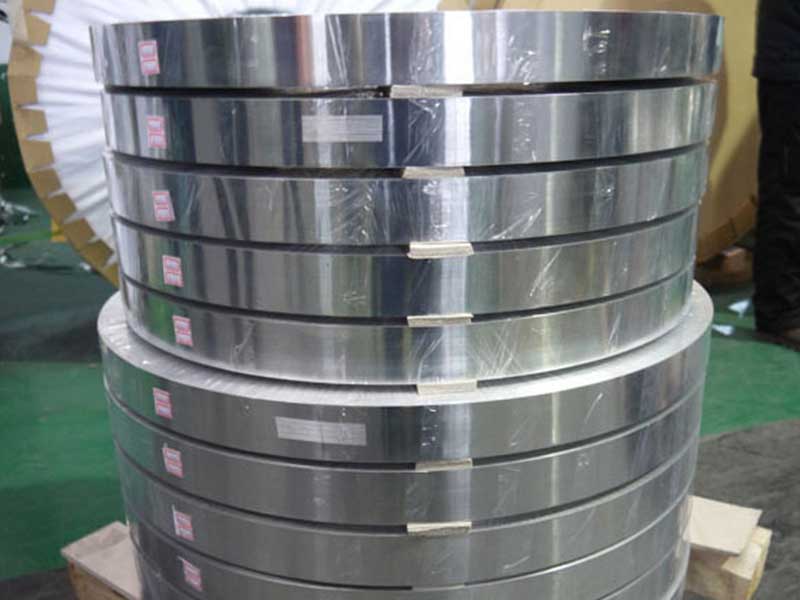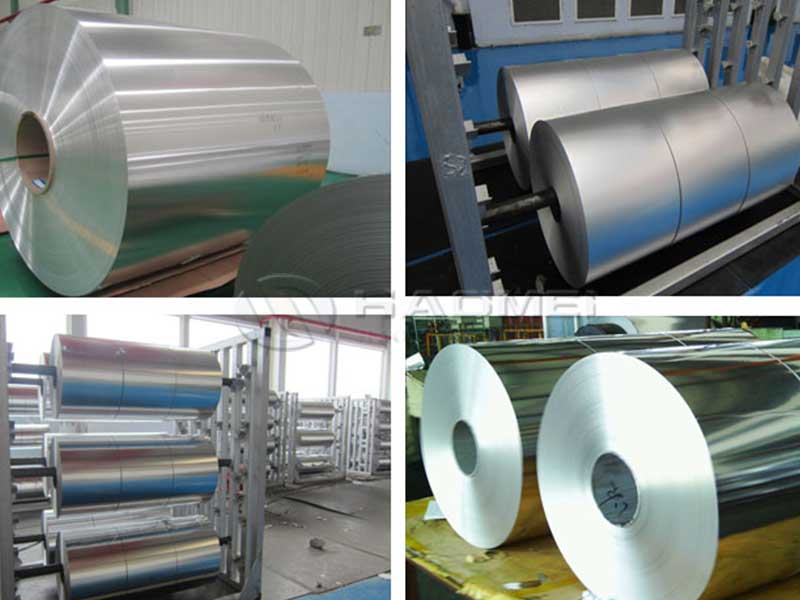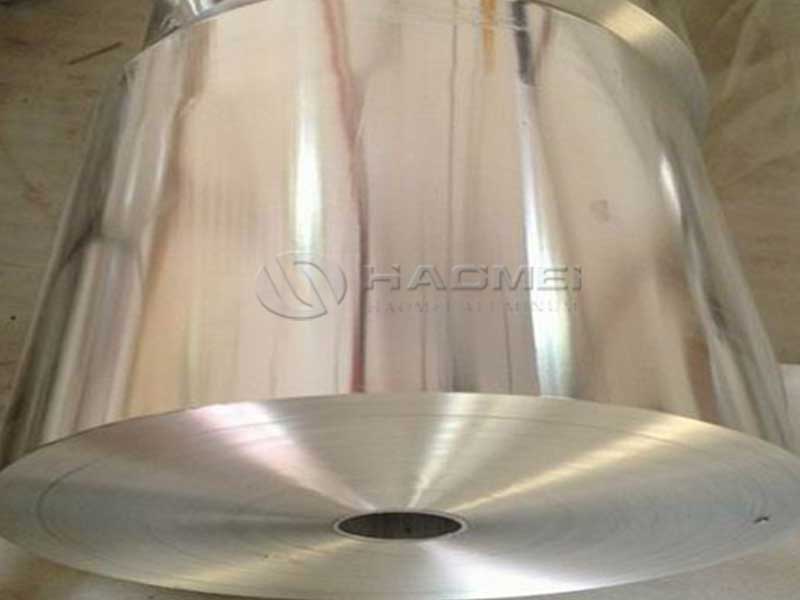Article:
Aluminum foil is an incredibly versatile material known for its lightweight, durability, and resistance to corrosion. However, one key method that enhances its properties and usability across several applications is the annealing process. In this article, we will delve into the different annealing processes of aluminum foil, highlighting their features and practical applications.
What is Annealing?
Annealing is a heat treatment process used to alter the physical properties of a material. In the case of aluminum foil, the primary goal of annealing is to reduce hardness while enhancing ductility and segregating chemical constituents. The process involves heating the aluminum foil to a specific temperature and then slowly cooling it off. This procedure makes the aluminum softer, making it easier to work with and ensuring greater flexibility in various applications.
Types of Annealing Processes
1. Homogenization Annealing
Homogenization annealing is a widely used process for aluminum foil. In this method, rolled aluminum foil is heated uniformly to a specific temperature and maintained for a certain period. This process ensures that the microstructure of the foil becomes more uniform, which enhances its overall mechanical properties. Homogenization is particularly beneficial in manufacturing aluminum foils for packaging as it improves their performance and integrity.
Features:
- Increased strength and durability.
- Improved uniformity in thickness and chemical composition.
Applications:
- Food packaging.
- Pharmaceutical product packaging.
- High-quality thermal insulation products.
2. Solution Annealing
In solution annealing, aluminum foil is heated to a high temperature before rapid cooling, typically by quenching. This method refines the alloy's grain structure and dissolves alloying elements, resulting in improved performance characteristics.
Features:
- Enhanced machinability and weldability.
- Higher levels of corrosion resistance.
Applications:
- Aerospace components.
- Electrical and electronic applications.
- Automotive parts manufacturing.
3. Aging or Precipitation Annealing
Designed for specific aluminum alloys, aging or precipitation annealing involves heating the foil to a moderate temperature after solution annealing. This helps stabilize certain microstructures and improves strength.
Features:
- Optimized tensile strength.
- Superior resistance to stress corrosion cracking.
Applications:
- Structural components in aerospace engineering.
- Manufacturing of high-strength aluminum foils used in electronics.
Benefits of Annealed Aluminum Foil
Understanding the benefits of annealing is essential when considering the applications of aluminum foil. The annealing process not only improves the mechanical properties of aluminum but also ensures versatility in its uses:
- Increased Flexibility: Annealed aluminum foils can be easily formed into various shapes without causing cracks, making them ideal for diverse packaging needs.
- Enhanced Barrier Properties: The oily or waxy coatings are better retained due to improved substrate properties, leading to extended product shelf life, especially in food and medical applications.
- Recyclability: Annealed aluminum foils are fully recyclable, allowing industries to adopt more sustainable practices, benefiting both the environment and production costs.













